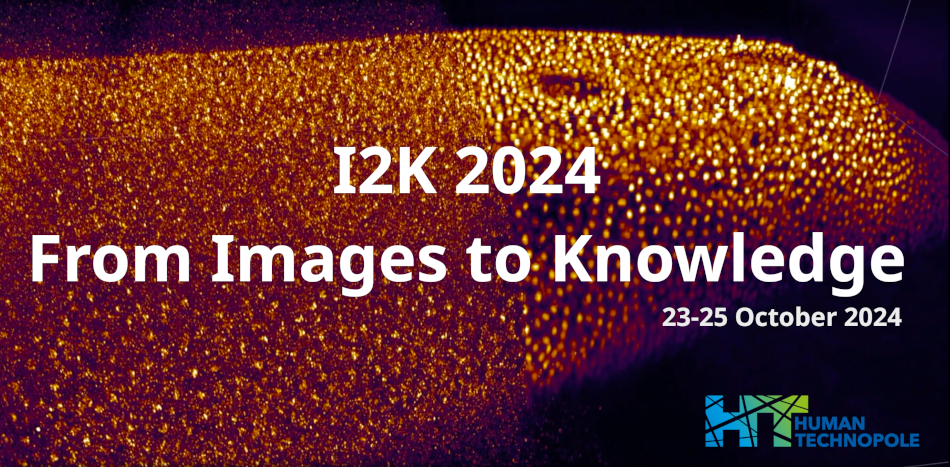Speaker
Description
Non-gallstone pancreatitis is a painful and common inflammation of the pancreas without specific, causal treatment. Here, we study the effect of a novel treatment candidate on mouse pancreatitis. To determine treatment efficacy, we ask how inflamed and treated pancreases resemble their untreated and healthy counterparts in histopathology slices.
For this, we take two approaches: For one, we automate the pathologist’s approach of quantifying features of inflammation: immune cell infiltration, cell separation due to a loss of tight junction integrity, and cell death. In short, this approach studies the state of the data based on known features.
Second, we classify pancreases into inflamed and healthy based on machine learning on texture features. This approach studies how novel features describe a known state of the data.
Hand-selected features demonstrate that the treatment ameliorates pancreatitis. Machine learning on texture features accurately distinguishes between healthy and inflamed but lacks sensitivity on treatment cases. This raises the question of why texture features distinguish between health and disease but are bad at grading treatment success.
| Authors | M. Theiss*, J. C. Way, D. Heid, L. Barck, L. Burger, J. A. Bredl, T. Dobbertin, P. Höflich, T. Stadelmann, D. Niopek, K. Chan, A. R. Graveline, A. V. François, A. Geisz, M. Sanchez Suarez, P. A. Silver, S. Nørrelykke |
|---|---|
| Keywords | histopathology, Haralick texture features, logistic regression, H&E, immunohistochemistry, pancreatitis |

